Solfege flashcards are a pretty standard resource for the music classroom. But maybe you’ve been thinking that teaching with flashcards sounds pretty dull. Well, let me expand your horizons with five fun new ways to use solfege flashcards in your lessons in new and sometimes unconventional ways you might not have thought of before.
Need some flashcards to get started? Here’s a link to one of my top sellers – Flashcards for Solfege, with all the flashcards you could ever need for every grade level K-5!
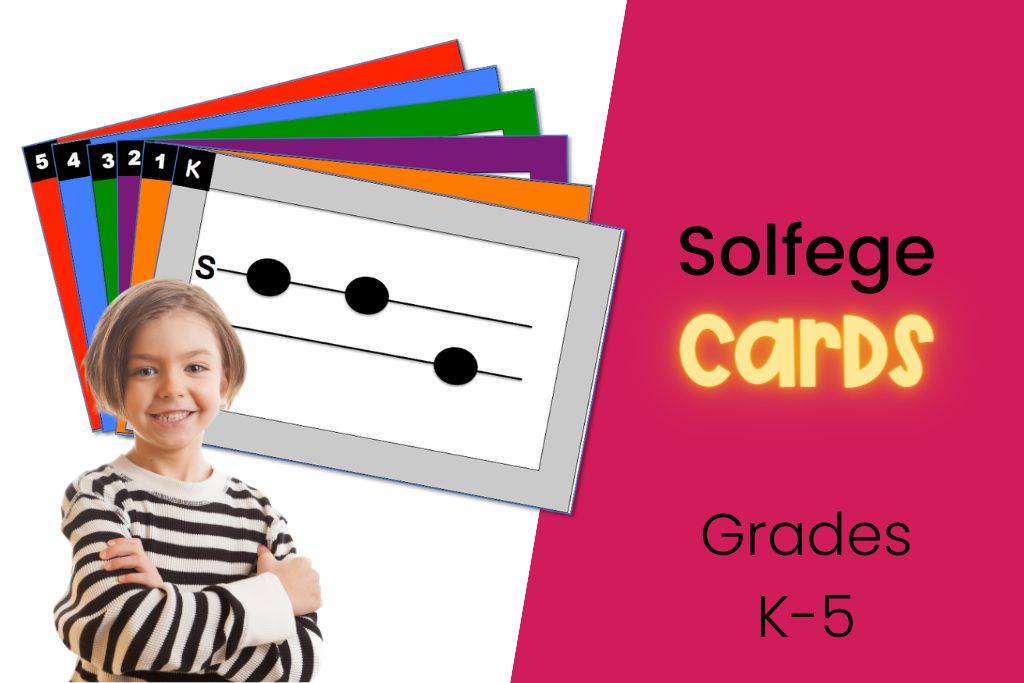
Why Should I Use Solfege Flashcards?
Flashcards are super old school, but they are still around for a reason. They get the job done! Helping your students memorize patterns in music through repetition is a critical step in the learning process.
Music is similar to a language. It has patterns that are almost like “sight words” and we use them together to create musical sentences. Just like kindergarteners, we must learn to memorize these musical “sight words” if we want to be able to read music with any fluency. And memorization comes from lots and lots of repetition.
But this post today is all about finding ways to hide the repetition in fun new experiences. Plus we want to take their knowledge a step further from just rote memorization to applying their knowledge in various ways, such as identification and creation. Interested in making that happen in your classroom? Read on!
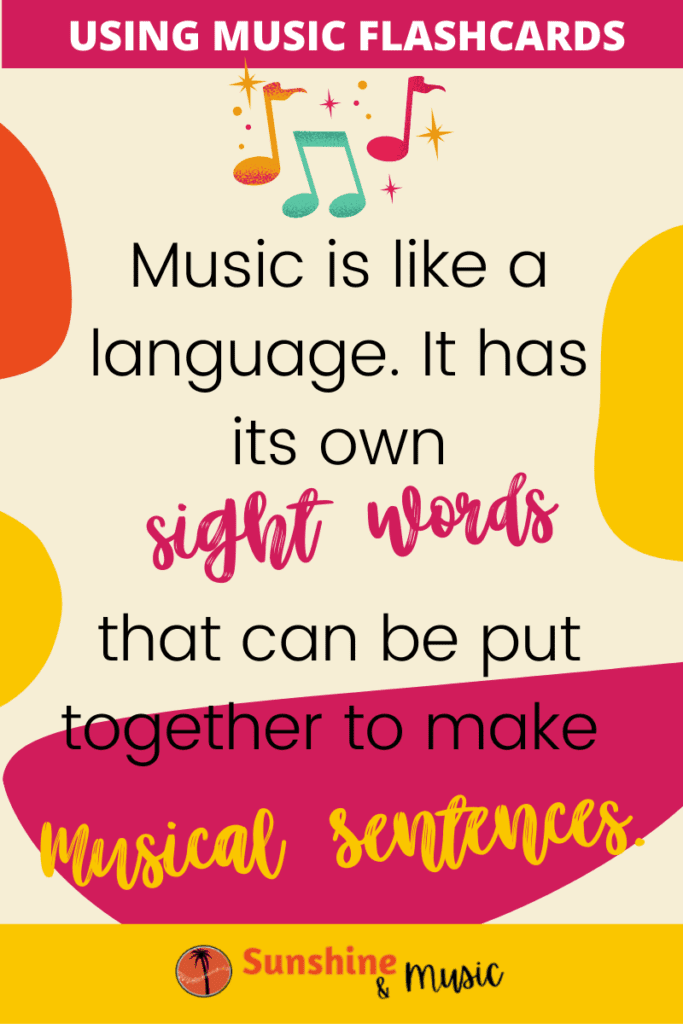
Ways to Teach with Solfege Flashcards
Traditional
So, first let’s talk about the traditional way to use flashcards. Usually when you think of flashcards you think of using one after the next, laser focusing on rote memorization. And there’s a place for that. I would say when you are first introducing a new concept, such as reading DO-RE-MI on the staff, you may wish to focus in with some flashcards. Have students echo the patterns after you, eventually working your way up to having the students sing the patterns without your help. But I would quickly move past that point and start having the flashcards and music patterns pop up in new and exciting ways that make students almost forget that they are learning.
Echo or Read Pitches on the Staff With a Song
A slight twist on the “sit and sing” flashcard drill is to insert a little sightsinging in the middle of an activity. For example, I might sing a song about the wind blowing through the trees and we swirl around with scarves. Then, when the song stops, students freeze, look at me, and either echo or sightread solfege patterns (usually 3-4 at a time). Then we repeat the song and move some more, then stop and sing some more. It’s a great way to get in a little more repetition without the boredom.
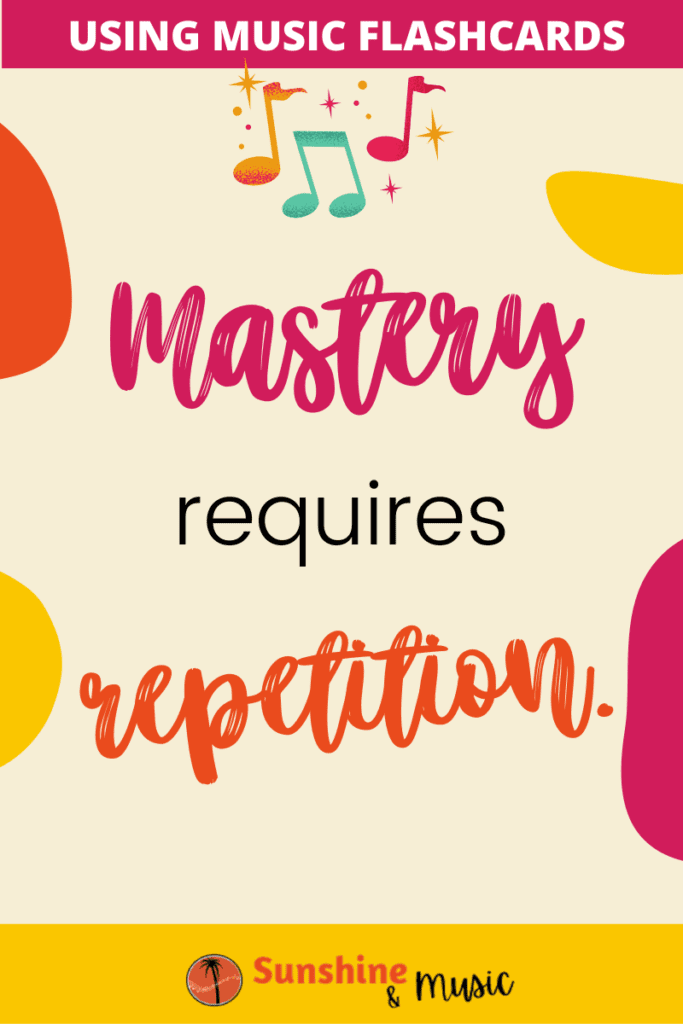
Highlight a Specific Musical Pattern Within a Song
Let’s say that you were learning the song Hot Cross Buns and you wanted to highlight the pattern MI-RE-DO. You can use flashcards to show the pattern as you sing the song. Or you could show the pattern and have students sing it, then try to find it in the song. Or you could hold up two flashcards and see if they can identify which one matches the pattern MI-RE-DO in the song.
Write the Room
You guys, Write the Room is my new favorite activity for starting to teach musical literacy (and beyond!). Expect a full blog post dedicated to using write the room activities soon, but for now let’s just talk about how you could use them with your handy, dandy solfege flashcards.

Write the Room activities basically involve students finding signs with different icons around the room and copying what is on them to the matching icon on their paper. I tried my first one this past week and students were delighted trying to find where each sign was hidden.
And the quiet! I was actually kind of stunned how focused they were. I probably had 5-7 minutes of quiet working around the room. Originally, I had sort of expected it to be a little loud as they travelled around the room. (Similar results not guaranteed. It was my first class of the morning, so results may vary.)
You could easily post solfege flashcards around the room, tape an icon on the flashcard, and have students work on not just reading the staff but writing on it too.
Want more writing practice with rhythm and staff pitches? Check out this bundle full of amazing worksheets!
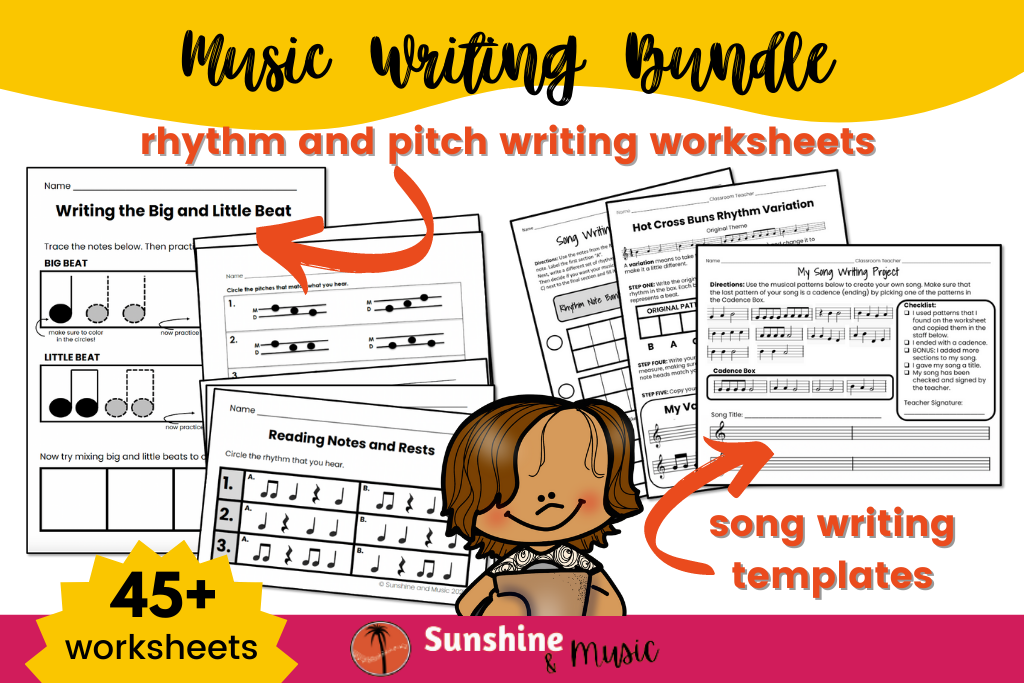
Create a New Ending to a Song
One of the first composing projects that I do using the staff is a write your own ending project with my third graders. They choose a new order for the notes MI-RE-DO in the last measure of Hot Cross Buns. Super simple, but it needs to be. It’s their first exposure to creating on the staff. You can have a song such as Hot Cross Buns on the board and have the class decide on a new ending with your MI-RE-DO flashcards.
Once you’ve practiced as a class you could have them split off into small groups or individually and create their own new ending and write it down, copying from the solfege flashcards as a sort of “word bank.”
Have Students Create Their Own Song
Another way you could use your solfege flashcards is to copy them at half-size and create class sets. Students could work in groups to create their own song by mixing up and combining different flashcards. Then, try singing them, or playing them on barred instruments, and then perform them for the class.
Where Can I Find Solfege Flashcards?
Now that your head is filled with lots of fun new ways to use solfege flashcards, you might be wondering where you get your hands on a set for cheap. Click here to check out my Flashcards for Solfege set.
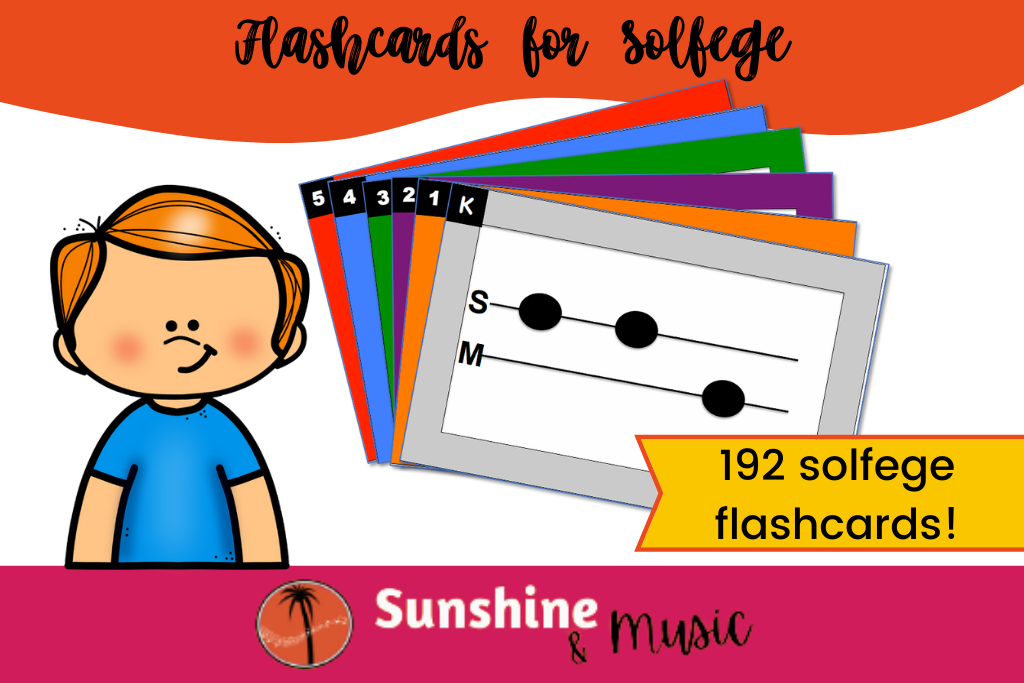
It contains flashcards for grades k-5, going all the way from simple SO-MI patterns up to diatonic patterns for the older grades.
Already have flashcards? You might be interested in taking your students’ musical literacy to the next level with this Music Writing Bundle full of rhythm and pitch reading and writing activities, plus different levels of song writing projects! These are my go-to worksheets every year for teaching my students to read and write music.
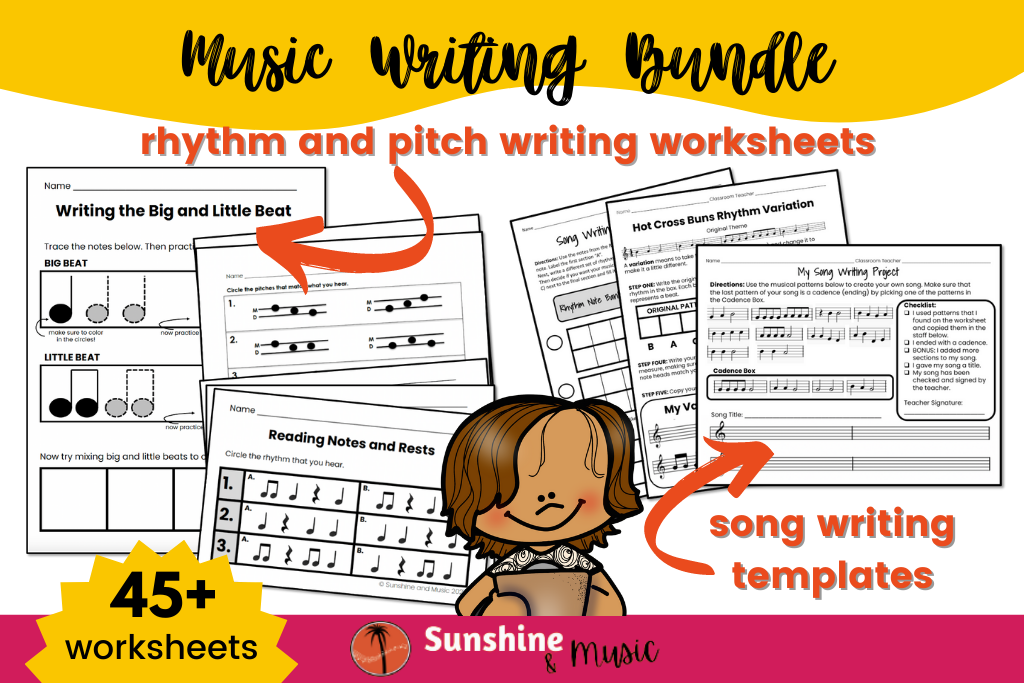

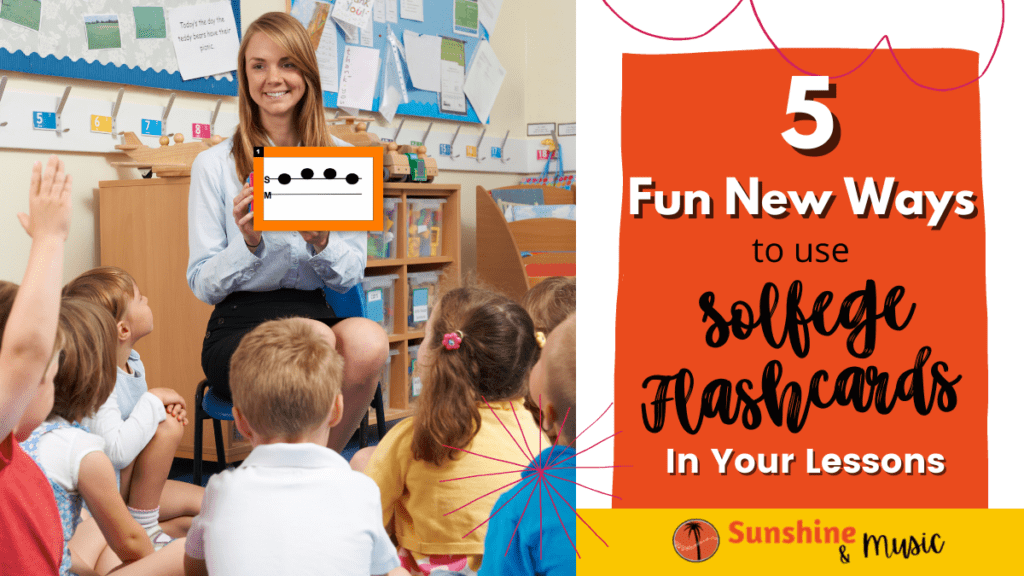

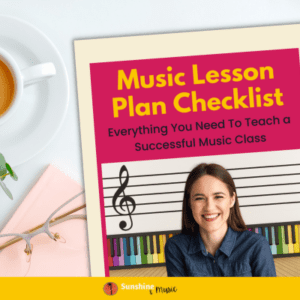

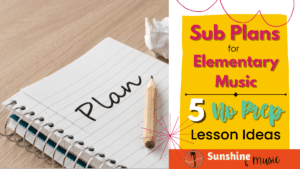
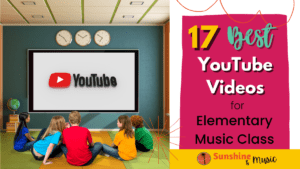
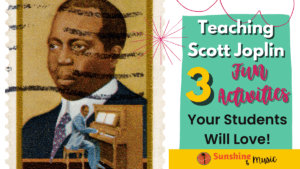
2 Responses